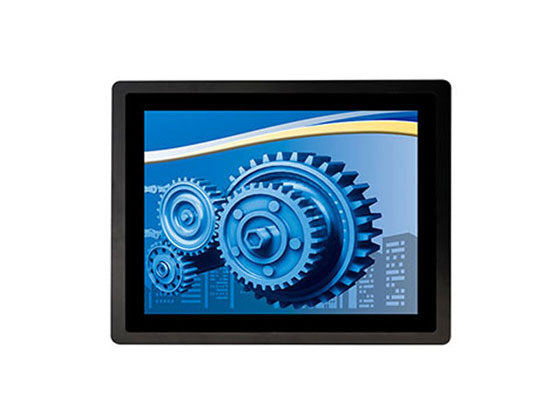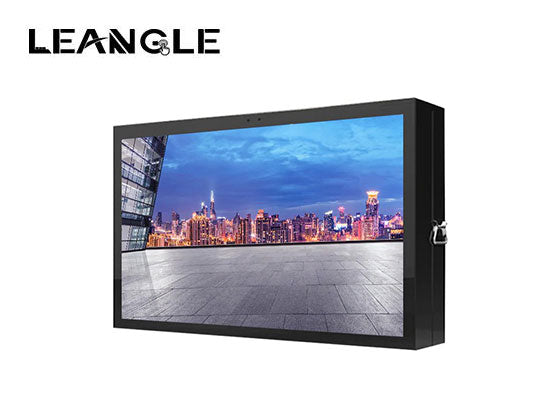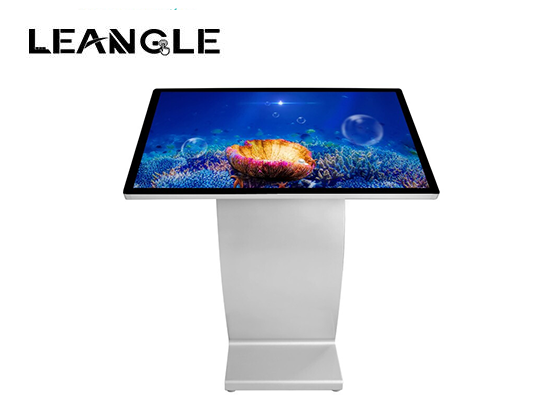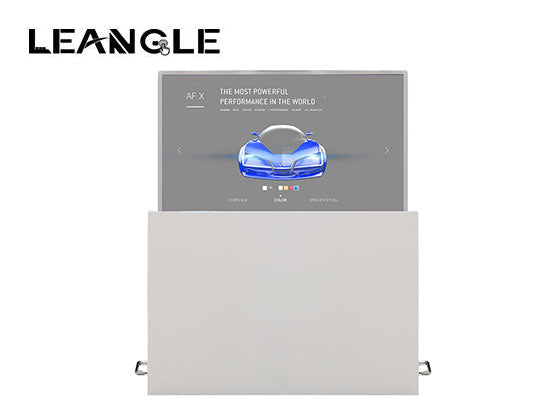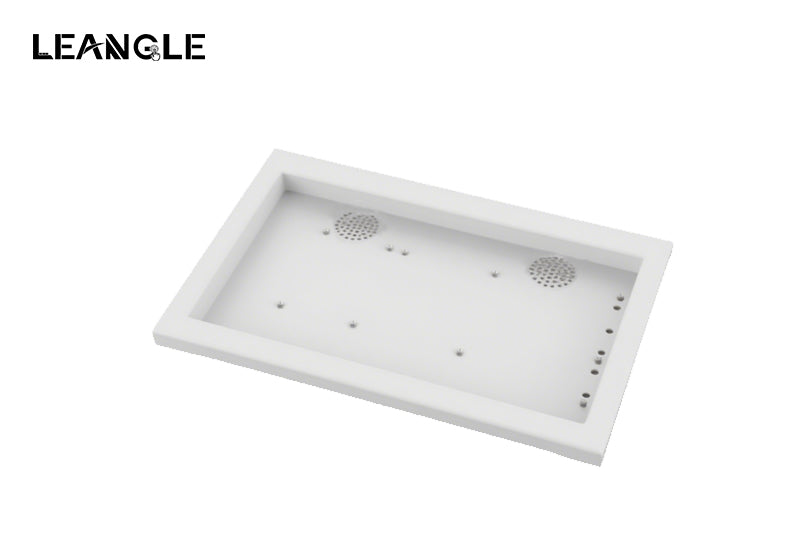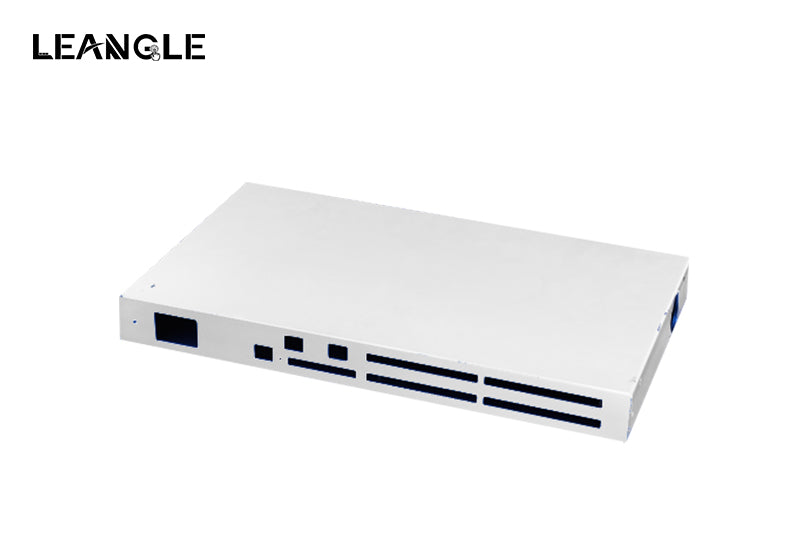Understanding the Conductive Properties of Aluminum Housings
Aluminum enclosures have become ubiquitous in electronics manufacturing due to their lightweight, thermal management, and corrosion-resistant properties. However, their electrical conductivity characteristics require careful consideration in product design. This technical white paper examines aluminum's conductive behavior and its implications for electronic applications.
Fundamental Conductivity Properties
-
Inherent Conductive Capacity
-
Conductivity Rating: 37.7×10⁶ S/m (61% IACS)
-
Comparison:
-
Copper: 59.6×10⁶ S/m (100% IACS)
-
Steel: 6.99×10⁶ S/m (11% IACS)
-
-
Weight Advantage: Achieves comparable current capacity at 50% the weight of copper
-
-
Surface Oxide Layer Impact
-
Natural Oxidation: Forms 2-10nm Al₂O₃ layer (10¹⁴-10¹⁵ Ω·cm resistivity)
-
Breakdown Voltage: ~10V/nm (requires surface treatment for reliable electrical contact)
-
Practical Conductivity Scenarios
1. Untreated Aluminum Enclosures
-
Surface Resistance: 10⁹-10¹² ohms/square (effectively insulating for low-voltage applications)
-
EMI Shielding Effectiveness: <30dB at 1GHz (inferior to conductive-treated surfaces)
2. Enhanced Conductive Configurations
| Treatment Method | Surface Resistance | Typical Applications |
|---|---|---|
| Chromate Conversion | 10⁴-10⁶ Ω/sq | Military electronics |
| Conductive Anodizing | 10²-10⁴ Ω/sq | Aerospace avionics |
| Silver Epoxy Coating | 10⁰-10² Ω/sq | RF shielding |
| Zinc Flake Coating | 10³-10⁵ Ω/sq | Automotive ECUs |
Design Considerations for Electronic Applications
-
Grounding Requirements
-
Direct Metal Contact: Requires abrasive surface preparation (sandblasting/chemical etch)
-
Recommended Fasteners: Beryllium copper clips or zinc-plated steel screws with star washers
-
-
EMI/RFI Mitigation
-
Seam Design: λ/20 gap rule for effective shielding (1.5mm max at 1GHz)
-
Gasket Selection: Conductive silicone or metal mesh for >60dB shielding
-
-
Static Control Measures
-
Dissipative Coatings: Maintain 10⁶-10⁹ Ω surface resistance
-
ESD Protection: Grounding points every 50cm in large enclosures
-
Industry-Specific Implementation Guidelines
Industrial Electronics
-
Best Practice: Type III hardcoat anodizing with nickel acetate sealing
-
Conductivity: 10⁷ Ω·cm (sufficient for chassis grounding)
-
Benefit: Combines abrasion resistance with moderate conductivity
Consumer Devices
-
Cost-Effective Solution: Alodine 1200 conversion coating
-
Surface Resistance: 10⁵ Ω/sq
-
Compliance: Meets IEC 61000-4-2 ESD requirements
High-Frequency Applications
-
Premium Solution: Electroless nickel plating (5-10μm)
-
Performance: <0.1 Ω/sq surface resistance
-
Application: 5G infrastructure equipment
Technical Comparison: Aluminum vs Alternative Materials
| Parameter | Bare Aluminum | Treated Aluminum | Steel | Conductive Plastic |
|---|---|---|---|---|
| Volume Resistivity (Ω·cm) | 2.65×10⁻⁶ | 10⁻⁴-10⁻⁶ | 1.0×10⁻⁵ | 10⁻¹-10⁴ |
| Shielding Effectiveness (1GHz) | 25dB | 40-80dB | 60dB | 20-50dB |
| Surface Treatment Cost | $0 | $0.5-5/dm² | $0 | $1-10/dm² |
| Weight Savings vs Steel | 60% | 60% | 0% | 70% |
Conclusion and Recommendations
Aluminum enclosures demonstrate conditional conductivity that can be strategically engineered for specific applications:
-
For Basic Enclosure Functions: Natural aluminum provides sufficient conductivity for chassis grounding when properly prepared
-
For EMI-Sensitive Designs: Require conductive surface treatments with resistance <1 Ω/sq
-
For High-Reliability Systems: Recommend gold-over-nickel plating for critical contact surfaces
-
Cost-Performance Balance: Zinc flake coatings offer optimal balance for commercial applications
Pro Tip: Always specify surface resistivity requirements (per MIL-DTL-5541 or ISO 4521) when sourcing aluminum enclosures for electrical applications.


